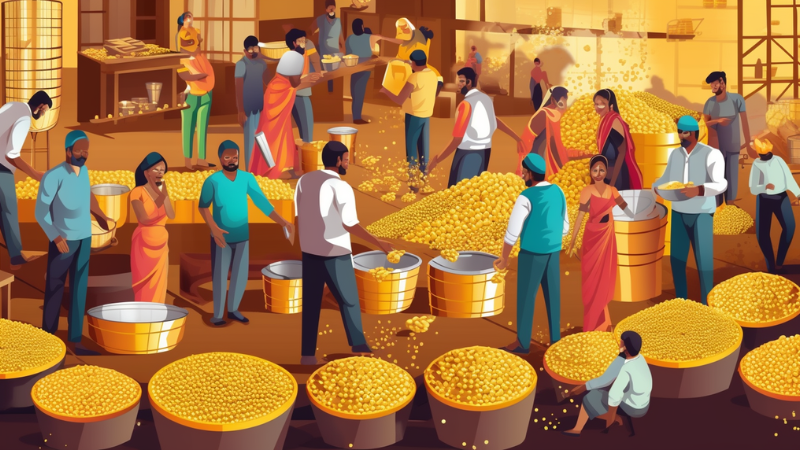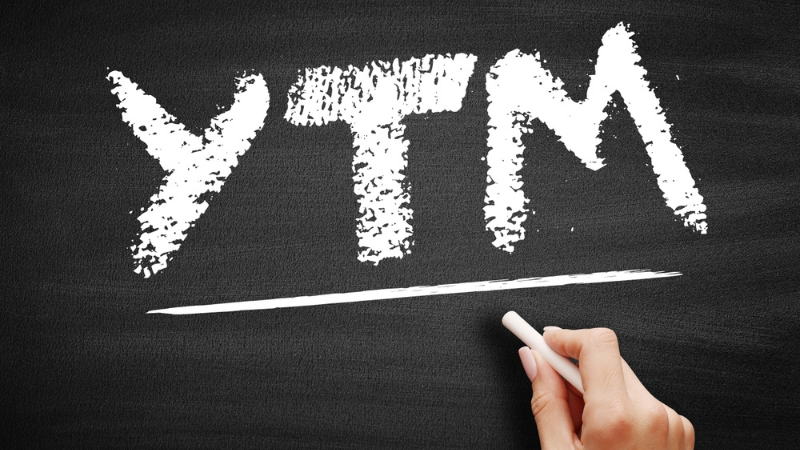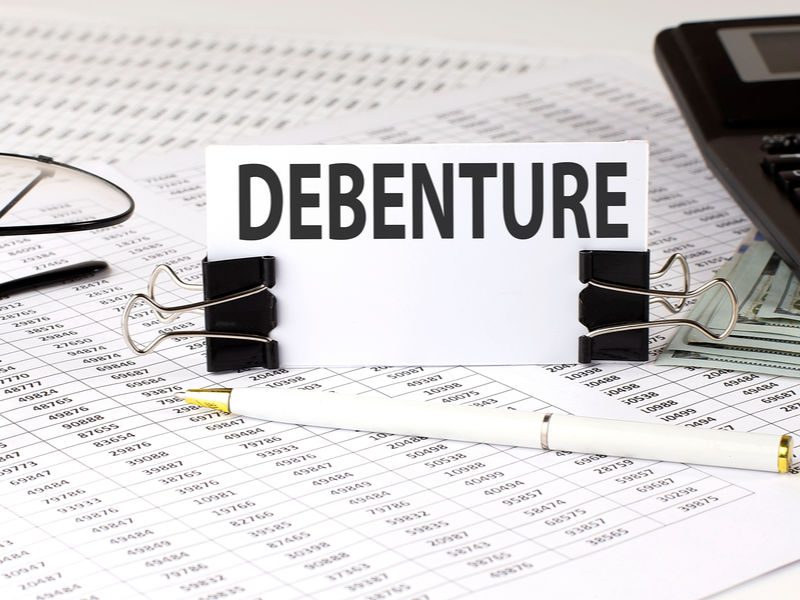
Commodity trading has been one of the popular streams of trading and with the increase in the number of traders in the country, there is an increase in the awareness around it. For new traders, however, the question still remains as to how to trade in commodities. Here are the basics of commodity trading to help traders navigate their way in commodity trading.
Read More: Commodity Mutual Funds – All you need to know
What is commodity trading in India?
Commodity trading refers to buying and selling of raw materials or primary goods, such as agricultural products (wheat, rice, pulses, etc.), metals (gold, silver, copper, etc.), energy (crude oil, natural gas, etc.) and others on a platform called commodity exchange.
These exchanges work like stock exchanges where buyers and sellers come together to trade commodities in the form of futures and options contracts. Commodities can be traded on exchanges through spot and futures markets. In the spot market, commodity trading is instant, and settlement happens quickly.
Futures contracts are traded at a standardized future price, with settlement taking place on the contract’s expiry date. The buyer of the futures contract has the right to purchase the underlying commodity on the expiry date, while the seller has the obligation to deliver the commodity. Options contracts are also available for commodities trading, giving traders the right (but not the obligation) to buy or sell a commodity at a predetermined rate on a specified future date. Commodity trading can also be risky as prices can be volatile and affected by various factors like weather conditions, global demand, and geopolitical tensions.
How many commodity exchanges are in India and their timings?
There are currently many commodity exchanges operating in India that are regulated by the Securities and Exchange Board of India (SEBI). These exchanges include,
- Multi Commodity Exchange (MCX)
- National Commodity & Derivatives Exchange (NCDEX)
- Indian Commodity Exchange (ICEX)
- National Multi Commodity Exchange (NMCE)
The trading timings for each commodity exchange in India may differ. However, in general, commodity exchanges operate in two sessions during the following hours.
| Session | Timings |
| Morning Session | 9:00 AM to 5:00 PM |
| Evening Session | 5:00 PM to 11:30 PM |
How to trade in the commodity market?
Trading in commodities is different from trading in equities as the ticket size and value of trades are higher in commodities. Before trading, the trader needs to maintain an initial margin of 5-10% of the total contract value and may also need to provide a maintenance margin. At the end of each trading day, mark-to-market settlements are done based on the settlement price for each commodity published by the clearing house. Contracts can be terminated by delivery of goods or cash settlements. Trading in commodities can be cumbersome, but investors can opt for ETFs to enter the commodities market without entering into individual contracts.
What are the steps to start commodity trade in India?
The steps to start commodity trading in India are explained hereunder.
- Step 1 – Open a trading account
To trade in the commodity market, traders will need to open a trading account with a registered broker. A broker is an intermediary that executes buy or sell orders on behalf of clients in exchange for a fee or commission. Traders need to choose a broker that suits their trading requirements, as well as ensure that they have the necessary licenses and comply with regulatory requirements. Traders can choose a full-service broker or a discount broker, depending on their requirements.
- Step 2 – Complete your KYC
The KYC (Know Your Customer) process is a mandatory regulatory requirement that requires traders to provide their personal and financial information and identity proof. The KYC process is done to prevent money laundering and other fraudulent activities. Traders typically need to submit their PAN card, Aadhaar card, and other identity and address proofs to complete the KYC process.
- Step 3 – Fund your trading account
Traders will then need to fund their trading account by transferring money from their bank account to their trading account. This can be done through various modes of payment like NEFT, RTGS, or online payment gateways. The broker will provide with the necessary details and instructions to transfer funds.
- Step 4 – Learn the basics
It is important to have a basic understanding of the commodity market and its workings before one starts commodity trading. Traders can learn the basics of this market by reading various books available online or offline, attending seminars or webinars, or taking online courses. Some of the important topics or basics to learn include types of commodities, commodity exchanges in India, spot and futures markets, trading terminologies, technical and fundamental analysis, and risk management.
- Step 5 – Decide on your trading strategy
Furthermore, traders need to determine their trading strategy, including what commodities they want to trade, their risk appetite, and how much they are willing to invest. Traders can choose to trade in agricultural commodities, energy commodities, or metal commodities, depending on their interests and knowledge. Traders can also decide on their trading styles, such as day trading or swing trading, based on their ability, availability, and trading goals.
- Step 6 – Analyze the market
Traders need to analyze the market using technical and fundamental analysis tools and thereby identify trading opportunities. Technical analysis involves studying charts and indicators to identify patterns and trends in the market, while fundamental analysis involves analyzing economic indicators, news, and events that impact the market. Traders should keep track of commodity prices, economic indicators, and other factors that can influence the market trajectory and thereby their portfolios.
- Step 7 – Place your trades
After having a thorough understanding of the commodity market, traders can place their trades using the trading platform provided by the broker. Traders have the option to trade in spot or futures markets, or through options contracts. In spot markets, commodity trading is instant and so is the settlement. In futures markets, commodities are traded at a standardized future price and settled on the expiry of the contract.
- Step 8 – Monitor your trades
One of the most crucial steps is monitoring the trades regularly and being prepared to exit if necessary. Traders need to keep a close eye on market trends, news, and events that can impact commodity prices. It is also important to use stop-loss orders to limit the losses and manage the risks more effectively.
Conclusion
Commodity markets have been part of the Indian markets for more than a century. However, modern commodity trading in India began in 2003 with the establishment of two national-level multi-commodity exchanges namely, the Multi Commodity Exchange of India (MCX) and the National Commodity and Derivatives Exchange Limited (NCDEX).
Commodity trading may seem to be similar to stock trading but it is nevertheless riskier and is subject to higher volatility. Therefore, it is important to have a good understanding of the market and to have a well-planned trading strategy before investing in commodity trading.
FAQs
Some of the key advantages of commodity trading are,
-Opportunity for diversification
-Potential for higher returns
-Hedge against inflation
-Higher liquidity
Some of the shortcomings of commodity trading include
-Higher volatility in the commodity market
-High influence of multiple external factors on commodity prices
-Need for extensive research and understanding of the commodity market
-Higher costs of trading on account of higher brokerage, margin requirements, trading fees, etc.
The commodity market in India is regulated by SEBI since September 2015.
There are two types of commodity traders namely, speculators and hedgers. Speculators try to make money from price changes, while hedgers use the market to reduce their risk. Speculators can make the market more volatile, while hedgers can help stabilize it. However, hedgers may miss out on potential profits.


























